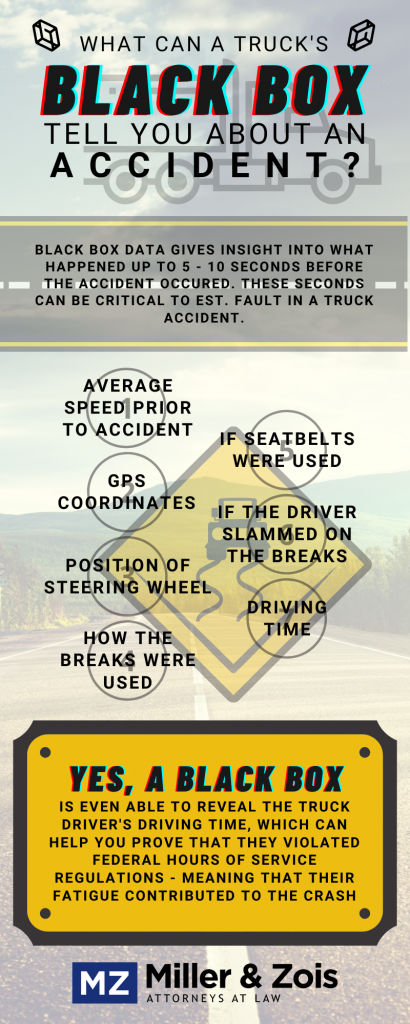In theory, human life is priceless. Under most belief systems, each human life is uniquely created by God and has an intrinsic value that cannot be measured in man’s terms.
But when you are talking about a death caused by a negligent driver, often the value of a human life ends up being the limit of the insurance coverage. For example, take a look at this Baltimore Sun article about a settlement of a lawsuit for wrongful death caused by an accident on the Bay Bridge in the summer of 2008. This case got tons of local media coverage when it happened. It was alleged that the defendant was driving with a blood-alcohol content of .03 when she crossed into oncoming traffic, causing the death of a truck driver when he swerved to avoid her and went through a traffic barrier and into the Chesapeake Bay.
The value of this truck driver to his family? Immeasurable. The recovery for his loss? $100,000. The limit of the available insurance coverage. And this defendant had five times as much insurance as the State of Maryland requires. Currently, Maryland drivers are only required to carry $20,000 in liability coverage, which will soon increase to $30,000. I have seen death cases where the only recovery is $20,000. Explaining this to grieving family members is an experience that I wish I had never had.




